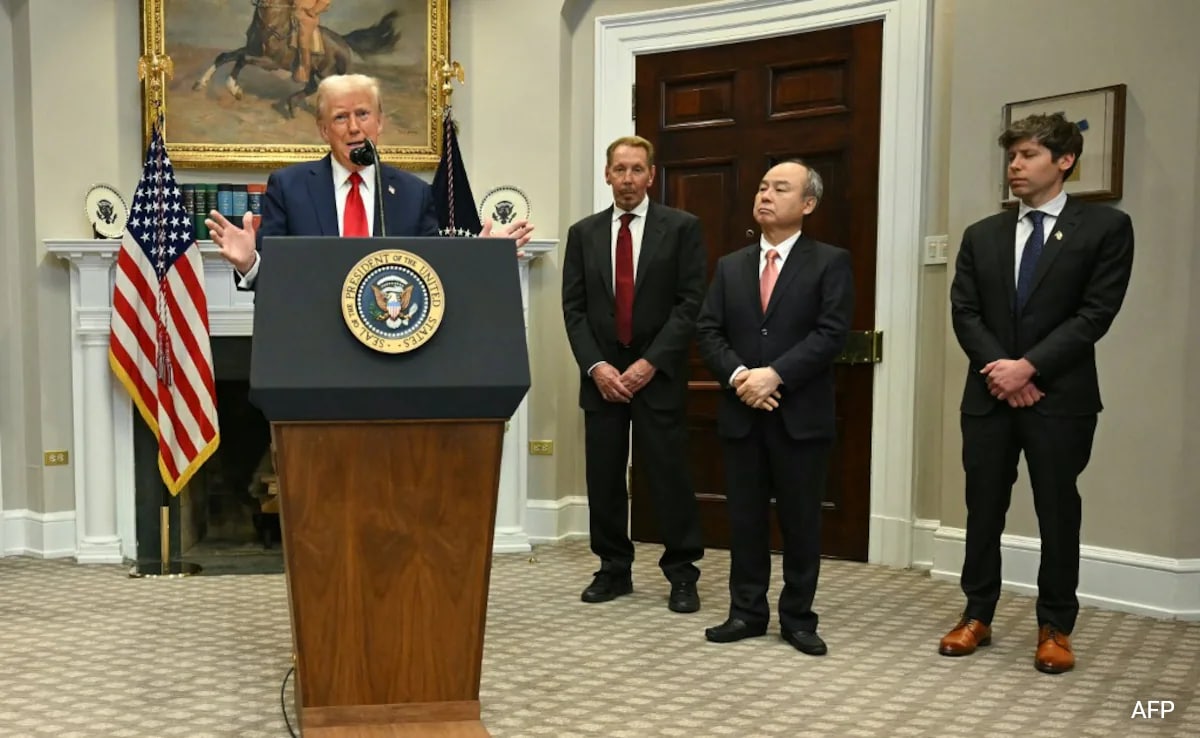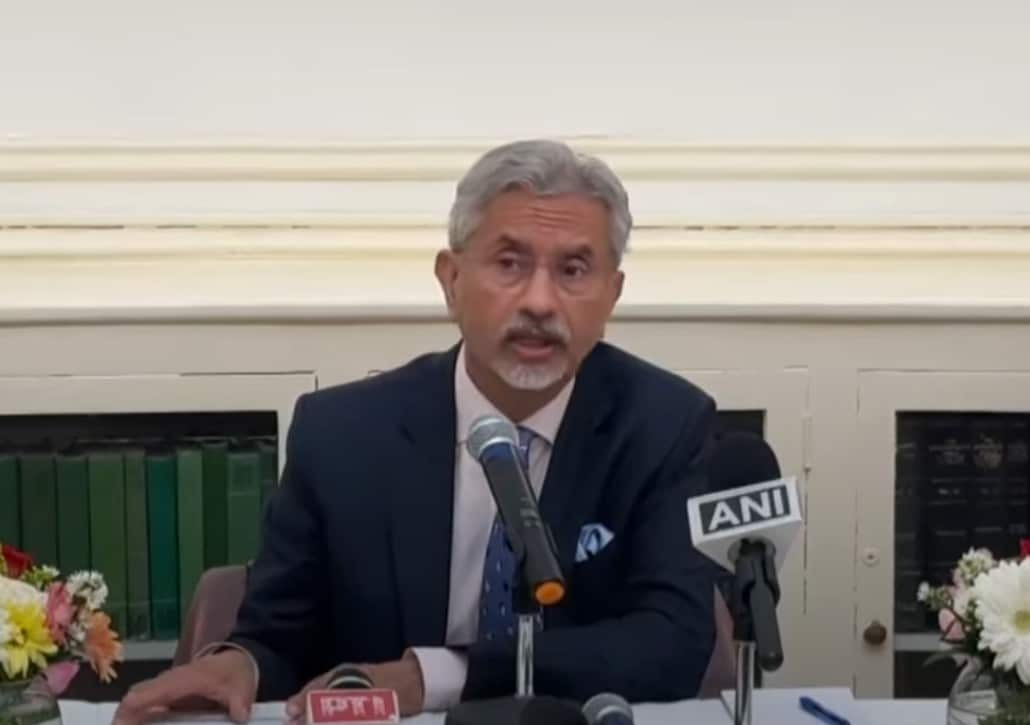Another significant mission was undertaken by SpaceX on January 9, with the deployment of a new set of spy satellites for the United States government. A Falcon 9 rocket carried the NROL-153 mission from Vandenberg Space Force Base in California, lifting off at 10:53 p.m. EST. This launch marked the seventh instalment of the National Reconnaissance Office’s (NRO) advanced satellite programme, showcasing a strategic focus on bolstering surveillance capabilities.
Launch Details and Objectives
As reported by Space.com, the NROL-153 mission contributes to the “proliferated architecture” initiative. This approach involves deploying numerous smaller satellites designed to enhance capability and resilience in reconnaissance operations. These satellites are believed to include modified versions of SpaceX’s Starlink models, potentially equipped with advanced reconnaissance technology.
The Falcon 9 rocket’s first stage executed a successful landing on the drone ship Of Course I Still Love You in the Pacific Ocean approximately eight minutes post-liftoff. As per the mission description provided by SpaceX, this marked the 22nd use of the specific booster involved in the launch.
Secrecy Surrounding Satellite Deployment
Details regarding the satellites’ operational orbit or deployment schedule were not disclosed, aligning with the NRO’s standard policy of withholding information about its classified assets. Reports indicate that the earlier six launches under this programme, conducted between May and December 2024, were also carried out by Falcon 9 rockets from the same base.
Broader Implications of the Mission
The mission is a testament to SpaceX’s role in supporting national security initiatives through its reliable and reusable rocket systems. The use of smaller, proliferated satellites signifies a shift toward adaptable and resilient surveillance strategies. The successful execution of this launch further strengthens the partnership between SpaceX and U.S. defence agencies in addressing evolving global challenges.




